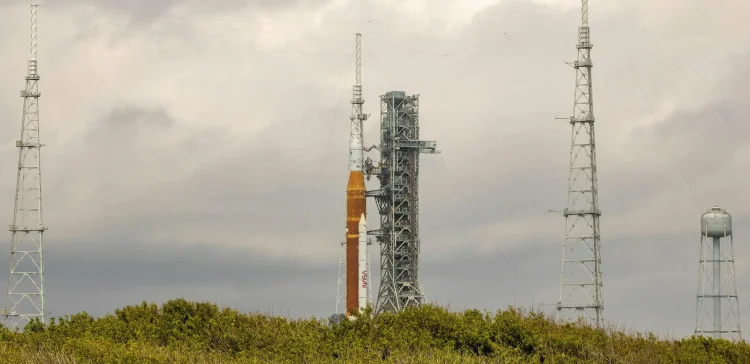NASA has always been a pioneer in space exploration, and their latest project, called Artemis, is set to continue that legacy. Named after the Greek goddess of the moon, Artemis is a program focused on returning humans to the Moon and eventually paving the way for missions to Mars. This ambitious project promises to bring about many exciting developments and opportunities for scientific discovery.
Why the Moon?
One might wonder why NASA is aiming for the Moon once again. The answer lies in the Moon’s potential as a stepping stone for deeper space exploration. The experience gained from living and working on the Moon will help scientists understand how to sustain human life in space for longer periods. Additionally, the Moon’s resources, such as water ice, can be used to create fuel and support life, making it an ideal location for setting up a sustainable human presence.
Key Goals of the Artemis Program
The Artemis program has several key goals, each of which is crucial to the advancement of space exploration:
- Landing the First Woman and the Next Man on the Moon: One of the most exciting aspects of the Artemis program is its commitment to diversity. NASA aims to land the first woman and the next man on the Moon by 2024. This historic mission will help demonstrate the importance of inclusivity in space exploration.
- Establishing a Sustainable Human Presence: Unlike the Apollo missions that were short-term visits, the Artemis program aims to establish a long-term presence on the Moon. This includes building habitats, conducting scientific research, and developing new technologies that will make living on the Moon feasible.
- Providing a Pathway to Mars: The ultimate goal of Artemis is to use the knowledge and experience gained from lunar missions to plan and execute human missions to Mars. The Moon will serve as a testing ground for the technologies and strategies needed for a successful journey to the Red Planet.
The Role of Commercial and International Partners
NASA understands that achieving these ambitious goals cannot be done alone. That’s why the Artemis program involves collaboration with commercial and international partners. Private companies, like SpaceX and Blue Origin, are playing a crucial role by developing new spacecraft and technologies. Additionally, international space agencies from countries like Canada, Japan, and several European nations, are contributing resources and expertise to make the Artemis program a global effort.
Artemis I, II, and III: The Three Phases
The Artemis program is divided into three main missions:
- Artemis I: This mission, which is uncrewed, will test the new Space Launch System (SLS) rocket and the Orion spacecraft. The goal is to ensure that all systems are safe and reliable for future manned missions.
- Artemis II: This will be the first crewed mission, taking astronauts around the Moon and back. It will be a crucial step in demonstrating the capabilities of the spacecraft and preparing for the lunar landing.
- Artemis III: This is the mission where Artemis aims to land astronauts on the Moon, specifically at the lunar South Pole. The focus will be on exploring the region’s water ice and other resources, which are vital for sustaining long-term human presence.
Excitement for Future Generations
The Artemis program is not just about space exploration; it’s about inspiring future generations. By aiming to achieve what was once considered impossible, NASA hopes to ignite the imagination and curiosity of young people around the world. These future scientists, engineers, and explorers are the ones who will continue the journey to the Moon, Mars, and beyond.
As NASA embarks on this exciting new chapter with the Artemis program, there is a sense of hope and anticipation. The mysteries of the Moon are waiting to be uncovered, and each step taken brings humanity closer to becoming a multi-planetary species. It’s a thrilling time for space exploration, and the possibilities are as vast as the universe itself.










